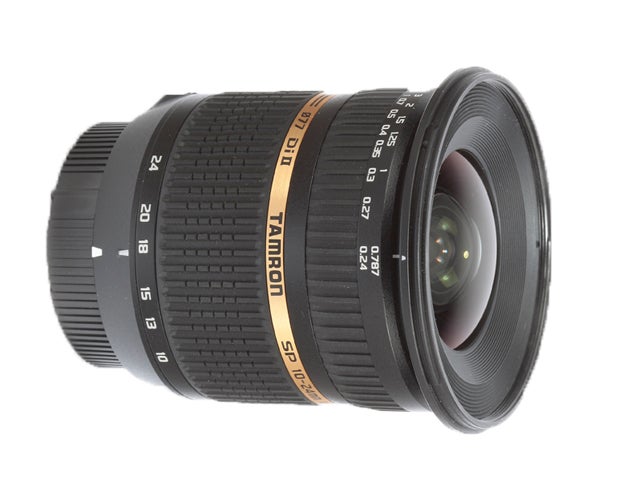Tamron SP AF10-24mm Di II LD IF Review
Tamron SP AF10-24mm Di II LD IF Review
A 2.4x zoom with no penalty to price, is the Tamron SP AF 10-24mm the ultimate bargain in that case? The What Digital Camera Tamron SP 10-24mm review takes a gander...

Verdict
Pros
- Wider-than-average zoom range
Cons
- Wildly varying MTF curves
Key Specifications
- Review Price: £379
Whereas most zooms in the ultra-wide category settle for a 2x zoom range, Tamron has managed to achieve 2.4x with no price penalty. Tamron has also got its ergonomics just right: the less commonly used manual focusing ring is significantly narrower than the more important zoom ring and is also placed very much towards the front of the lens. This is important because Tamron’s lens does not have internal focusing so fingers must be kept clear of the focusing ring when AF is set. Fortunately this is easy to ensure. Equally importantly, the focusing ring has a silky-smooth feel when the lens is set to MF mode – a feel that is also echoed by the wider and more frequently used zoom ring.
With so much to like about the design of the lens it is a shame that, even when simply looking through the viewfinder and doing a visual comparison with other lenses, the Tamron appeared to lack real bite. Technical testing revealed significant levels of chromatic aberration and overall softness, but real-world use showed that these potential problems are remarkably unobtrusive in most images although there were times when corner softness became evident as soon as it was sought.

The degree of mismatch seen in its MTF curves suggests that this lens might be another of those rogue samples that have appeared in some previous lens tests. Encouragingly, however, at its most demanding (minimum) focal-length setting the 10-24mm achieves around 0.3 cycles-per-pixel. If this very laudable performance is representative of what a better sample could achieve throughout its zoom range then Tamron’s lens should be every bit as good as its peers.
Overall, so much about Tamron’s zoom is right that the basic design looks sound that the performance lapses noted here are likely to be isolated. For prudent buyers it would seem to be a sufficient precaution (as should be done with any lens purchase) to do a few test exposures in the store and then to examine them at high magnification before parting with funds on behalf of a specific item.
Trusted Score
Score in detail
-
Value 9
-
Design 9
-
Image Quality 8
-
Features 8

